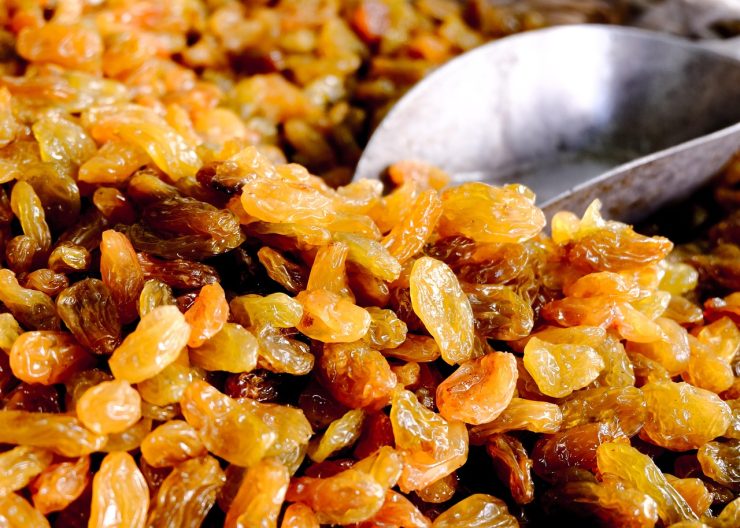More than 50 million adults in the U.S.—and around 300,000 kids—struggle with joint pain from arthritis. It’s not just a condition for the elderly, either. Arthritis affects people of all ages, and it’s especially common in women. In fact, it’s the number one cause of disability in the country. And with over 100 different types, according to the Arthritis Foundation, it’s no wonder so many people are searching for answers. The most common types? Degenerative arthritis and inflammatory arthritis.
Now, while most people have heard of the wear-and-tear kind that comes with age, inflammatory arthritis is a whole different animal. It’s actually an autoimmune disorder, which means the body mistakenly attacks its own tissues—kind of like friendly fire from your immune system. And the frustrating part? If you already have one autoimmune condition (like Hashimoto’s, for example), you’re more likely to develop others, including arthritis.
What does inflammatory arthritis feel like?
This type of arthritis causes painful inflammation in the joints—and it can flare up without warning. One day you feel fine, and the next, even simple tasks feel impossible. Over time, the inflammation can cause permanent joint damage or deformation, making daily life harder and more painful. Some folks eventually require joint replacements just to keep moving.
And it’s expensive. Between doctor visits, physical therapy, medications, and potential surgeries, managing inflammatory arthritis can cost anywhere from $600 to over $10,000 a month.
Here’s the tough part…
There’s no known cure for inflammatory arthritis. Most conventional treatments focus on managing symptoms with rest, exercise, education, joint support, and a cocktail of meds—many of which come with their own set of side effects.
Even worse, long-term studies don’t paint a rosy picture. One study following arthritis patients over 20 years found that 35% had died and 19% were severely disabled. Medications helped for a while but didn’t stop the disease from progressing. That’s because they don’t heal the body—they just mask symptoms.
So it’s not surprising that many people turn to alternative options—natural remedies, nutritional strategies, and even old-school folk cures—in hopes of feeling better.
Natural Relief for Arthritis: What Works?
There are plenty of alternative remedies that people swear by—from turmeric and ginger, to magnetic therapy, acupuncture, dandelion leaves, Epsom salt baths, and more. Some cost a bit more, others are as simple as raiding your kitchen spice rack.
The key? Listen to your body. Even natural remedies can cause side effects in sensitive individuals, so it’s always smart to track how you feel, what you’re taking, and how your symptoms change.
You never know—your grandmother’s “crazy” remedy might actually have some science behind it. Take lavender for sleep or elderberry for colds—both once considered quirky, now backed by research.
The Curious Case of Gin-Soaked Raisins
One folk remedy that keeps popping up is surprisingly simple: golden raisins soaked in gin. Yep, you read that right.
This odd combo got its big moment back in 1994, thanks to radio personality Paul Harvey. He shared listener letters about the surprising arthritis relief they experienced from eating these “drunken raisins.” But this remedy goes back even further.
How it’s done:
-
Place golden raisins (sultanas) in a shallow dish.
-
Pour in just enough gin to cover them.
-
Let the gin evaporate completely (about a week).
-
Store the raisins in a sealed glass jar.
-
Eat 10 raisins per day.
It’s unclear exactly why this works, but people swear by it. The raisins provide antioxidants and anti-inflammatory compounds, while the juniper berries used to flavor gin are packed with powerful plant compounds (like vitamin C, rutin, and catechins) known for reducing inflammation.
And no, you’re not likely to get drunk. The alcohol mostly evaporates, and what’s left is a tiny amount absorbed by the raisins.
Can Moderate Alcohol Actually Help?
Believe it or not, there’s some science here too. A Swedish study tracked 2,900 adults with inflammatory arthritis and found that moderate drinkers had less joint damage than non-drinkers. However, heavy drinkers had the worst outcomes.
So moderation seems to be key. Researchers believe that lifestyle and diet really do play a big role in both the development and progression of arthritis.
Why the Ingredients Matter
Juniper berries, the key flavoring in gin, have been used medicinally for centuries. They’re rich in anti-inflammatory and antimicrobial compounds, and even helped fight off the plague back in the day (no joke—they were used in herbal “nosegays”).
Golden raisins, on the other hand, bring antioxidants like resveratrol, vitamin C, and natural pain relievers like salicylic acid. They also contain minerals like potassium and calcium, which support bone health.
Fun fact: golden raisins are often treated with sulfur dioxide to preserve their color—some believe this sulfur may have its own anti-inflammatory effects, similar to Epsom salts or garlic.
So while there’s no hard science proving the gin-raisin combo works, there’s enough tradition, anecdotal evidence, and nutritional logic behind it to make it worth a try—if you’re curious.
Nutritional Tips for Joint Pain
Aside from quirky remedies, nutrition plays a huge role in managing arthritis. Some key things to look into:
-
Vitamin K2 – helps prevent calcium buildup in joints
-
Magnesium, Vitamin D & C – all support bone and joint health
-
Glucose (from healthy carbs) – needed to make glucosamine, which supports joint function
-
Avoiding gluten – can reduce autoimmune triggers
-
Steering clear of nightshades – tomatoes, peppers, eggplant, and potatoes can cause flares for some
Many people find that removing trigger foods and adding nutrient-dense ones can dramatically reduce their symptoms—even without medication.
Final Thoughts
If you’re living with inflammatory arthritis, you’ve probably tried a little bit of everything. And hey, maybe you’re ready to try those gin-soaked raisins too. Worst case? You enjoy a sweet little treat each day. Best case? You feel better.
Of course, always talk to your doctor before trying new remedies—especially if you’re taking medications or have allergies (like to sulfites in golden raisins).
But when it comes to managing arthritis, it’s clear that lifestyle, diet, and natural options may have more power than we once thought. And who knows? That old folk remedy your grandma swore by just might become tomorrow’s proven treatment.











